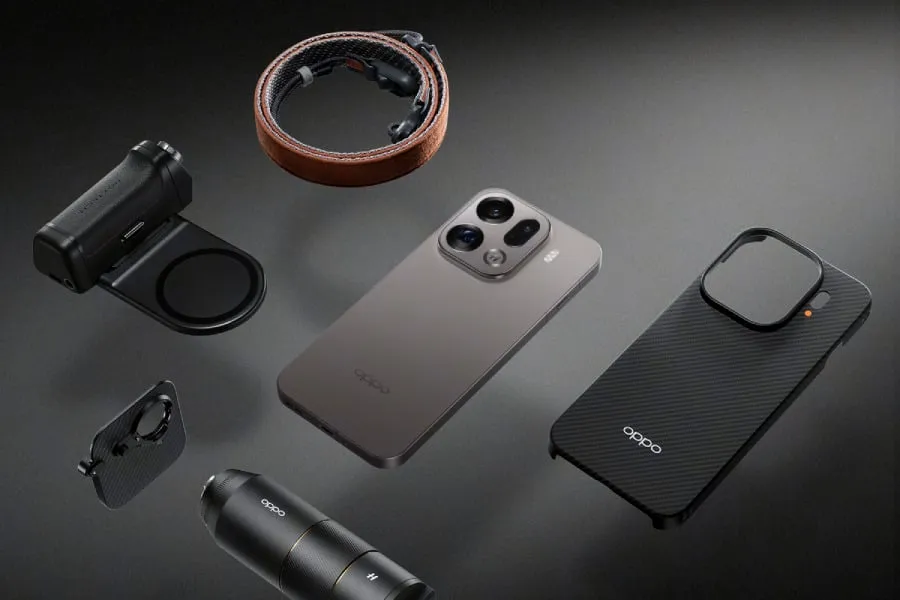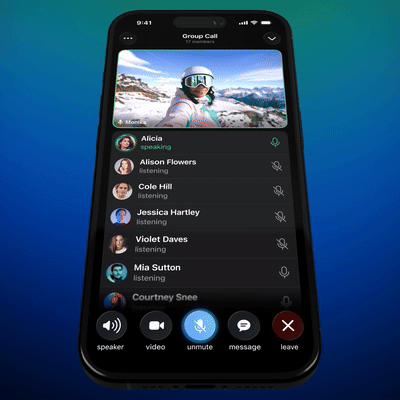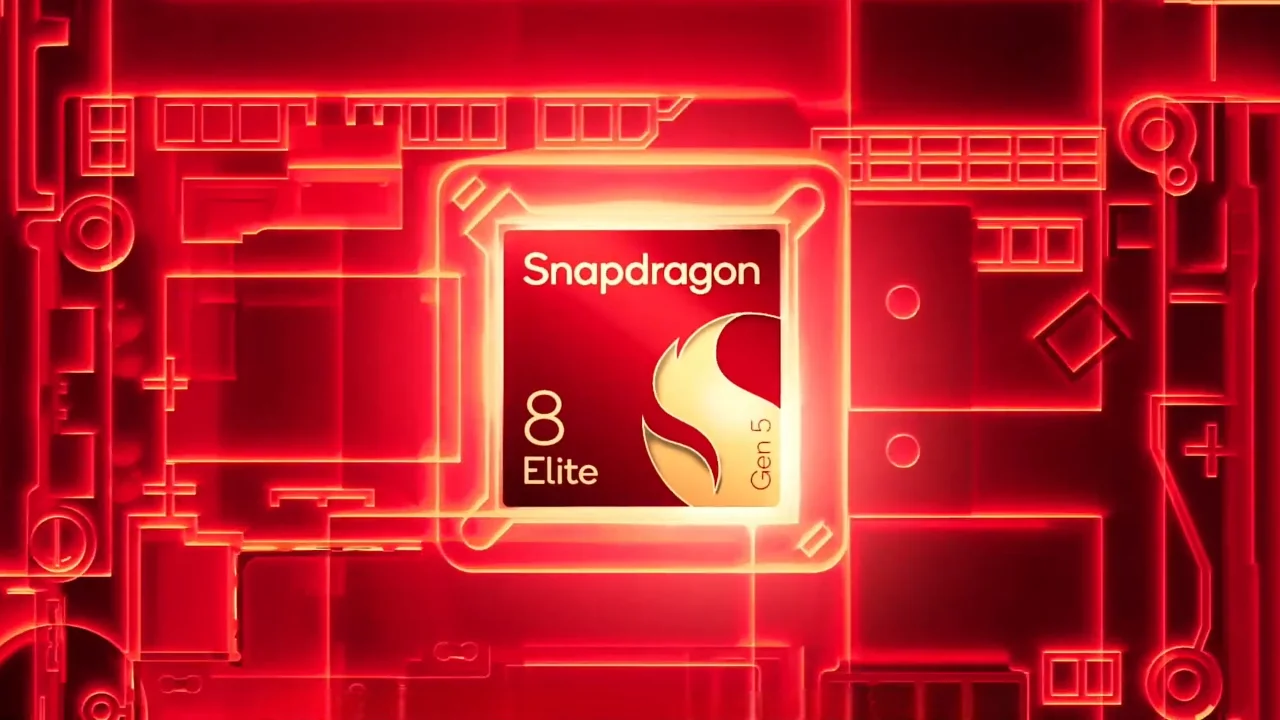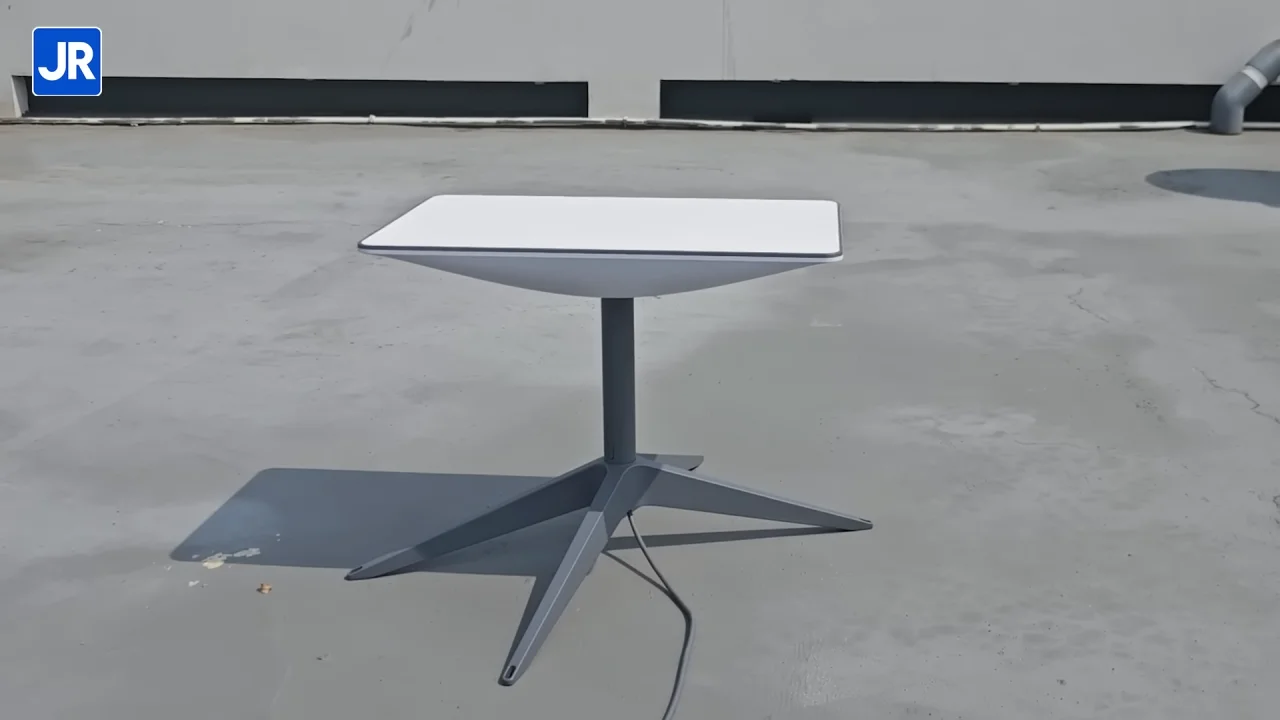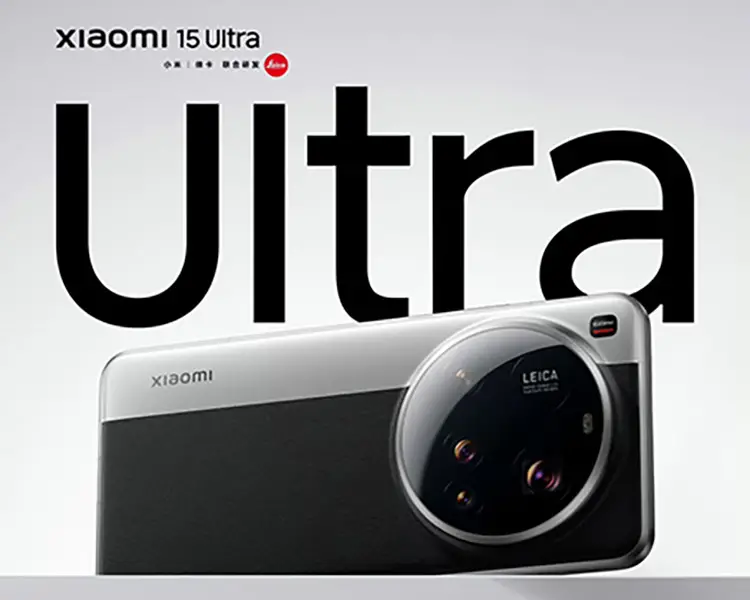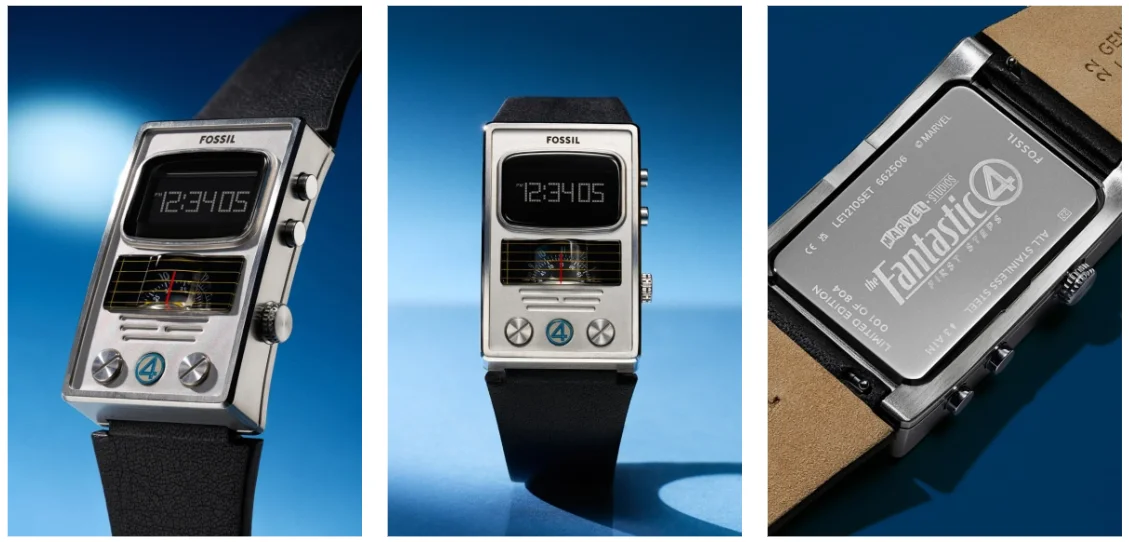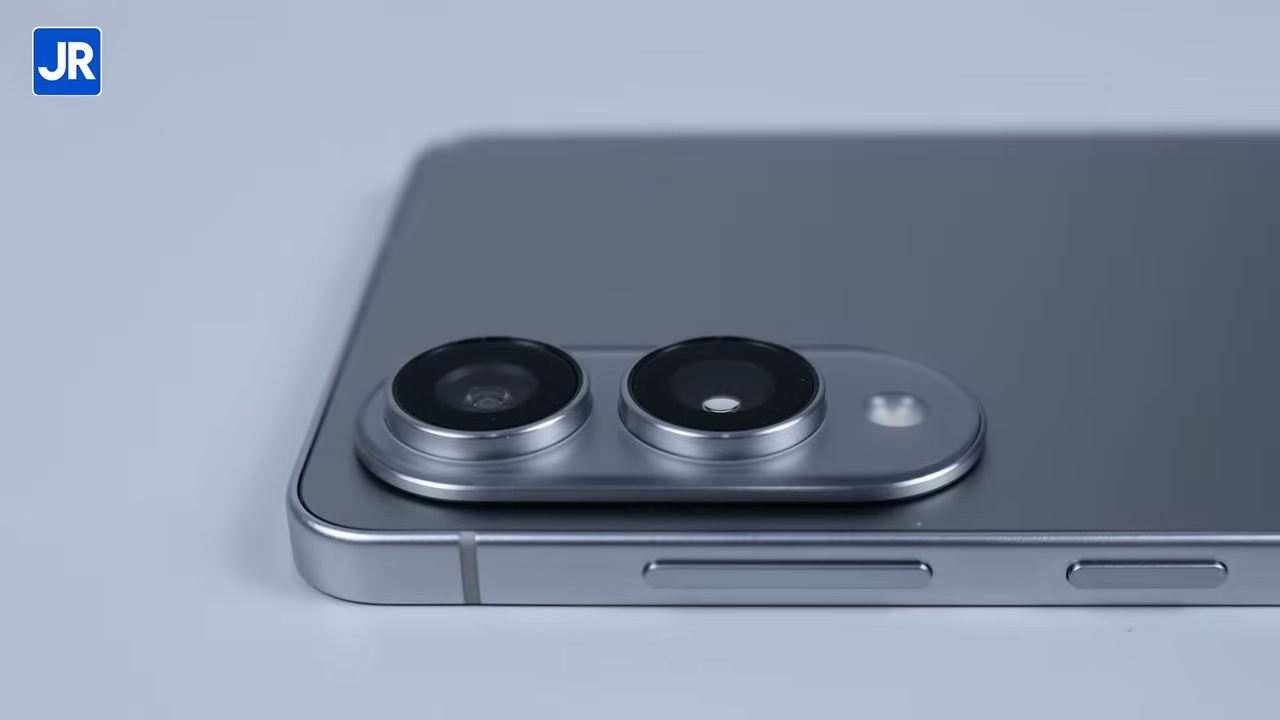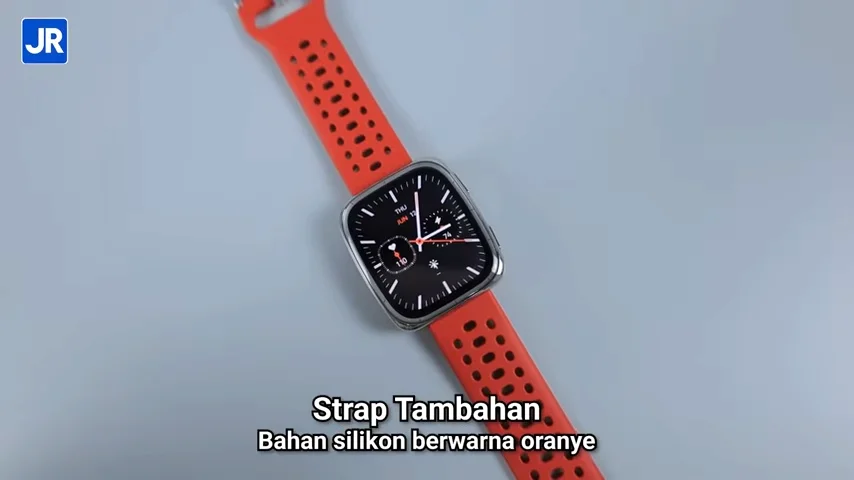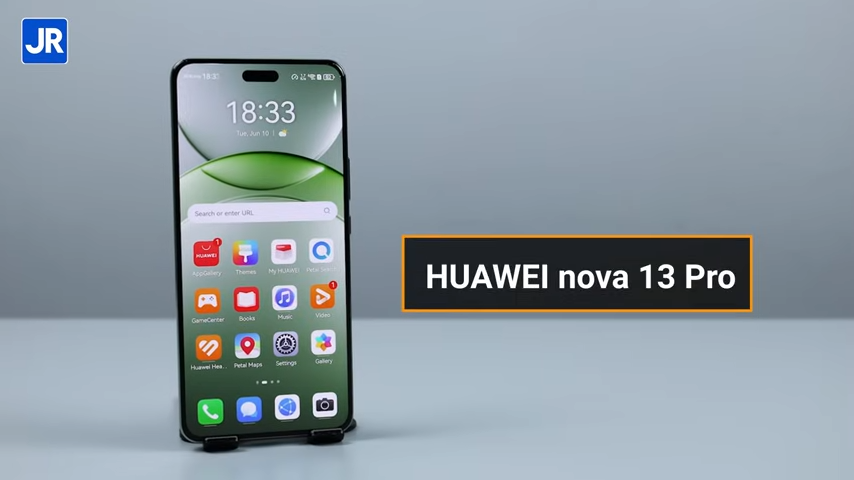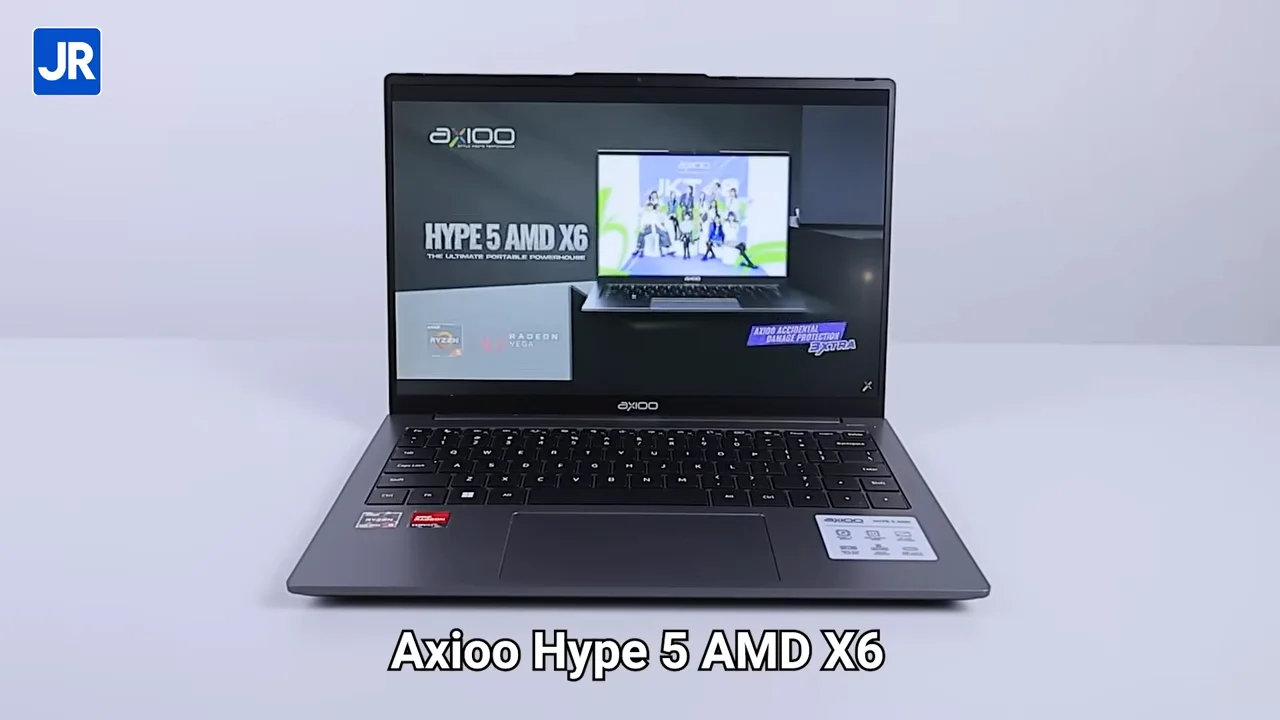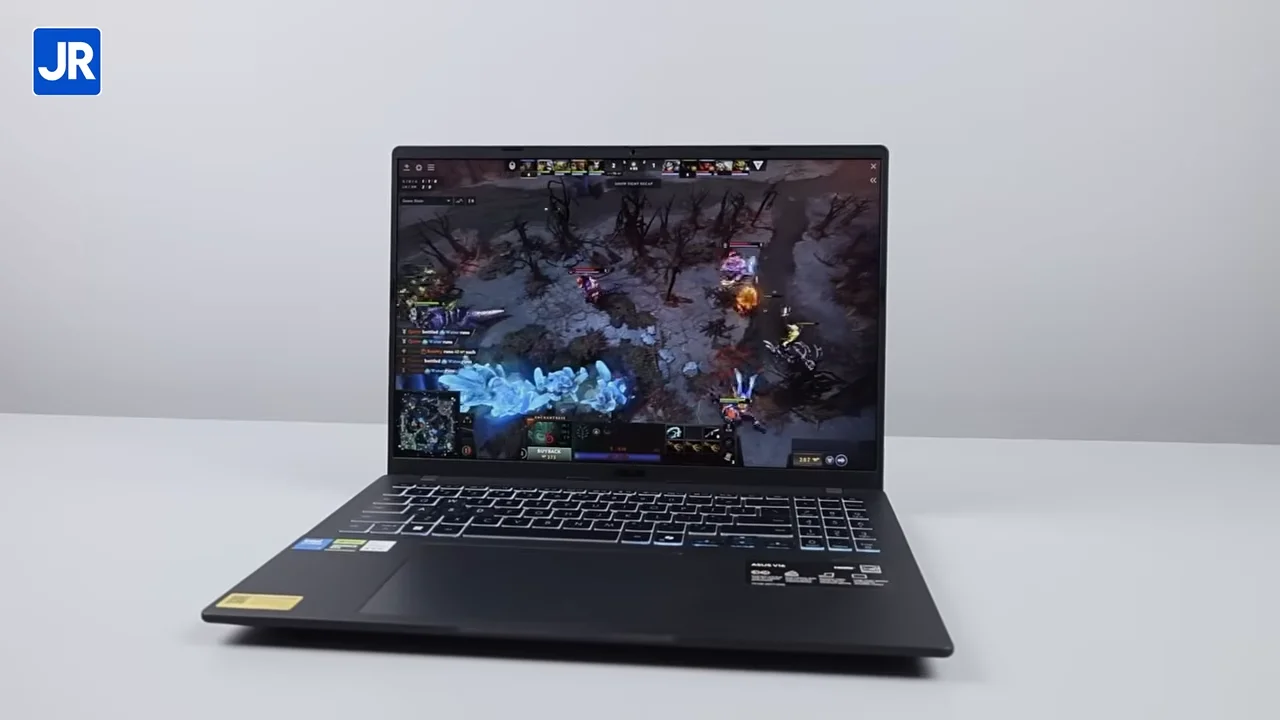Review OCZ RevoDrive X2: Double the Board, Twice the Speed!
We have previously tested the first RevoDrive from OCZ, an unconventional storage device that plugs into your PCI-Express x4 connector instead of the usual SATA. It is so fast, the RevoDrive competes directly against the newer SATA-III drives, according to our benchmarks. Unfortunately, RevoDrive has no TRIM or garbage collection support, and that could potentially reduce its performance overtime due to accumulated junk files generated by file deletion/drive format operations.
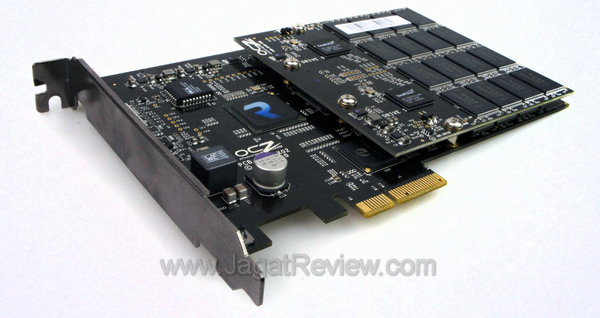
Not so long ago, we received another “SSD Card” from OCZ: The Revo DriveX2. This time though, instead of a single board construction used by the first revision of RevoDrive, OCZ screws a sisterboard containing additional flash memory chips (and their corresponding SandForce controllers) onto the main PCB. The “X2” suffix may be referring to this.
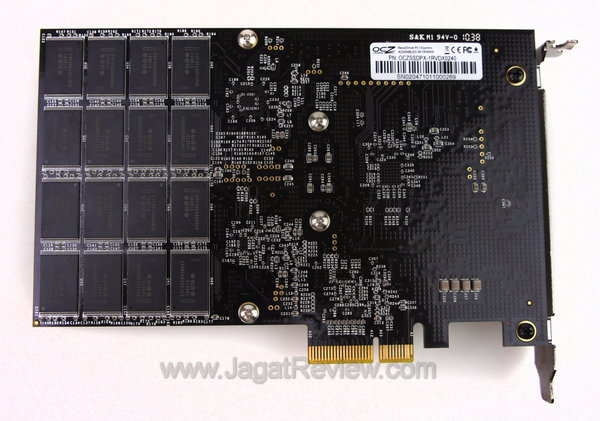
The first RevoDrive has two clusters of memory chips arranged in dual-drive configuration. A Sandforce controller is assigned to each cluster, so it’s basically two SSD drives put on a single PCB board that connects to the motherboard through a PCI-Express x4 interface. The system will recognize a single RevoDrive board as two storage drives. However, that’s not the entire story. OCZ uses a Silicon Image controller that connects these two drives together in RAID-0 configuration. RevoDrive X2 doubles that amount to four drives in RAID-0, straight from the factory.
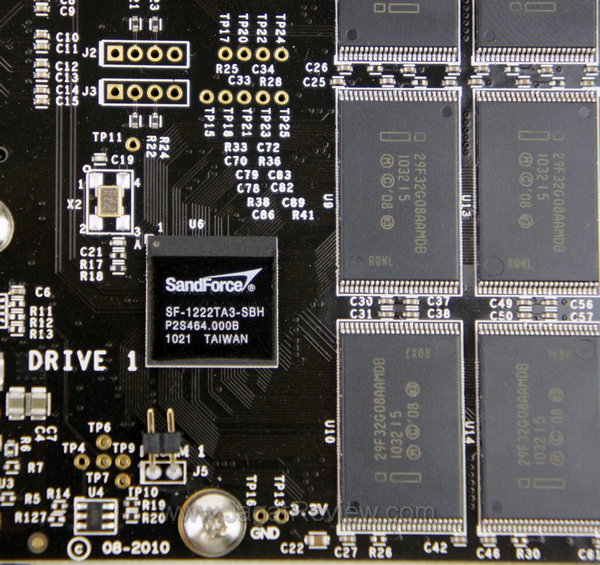
As mentioned before, the first RevoDrive does not offer a solution regarding the junk data that accumulate overtime in its NAND flash memory. Good news is, RevoDrive is equipped with its own garbage collection feature that is similar with TRIM in its working method. This feature is supported by its SandForce controller and will be triggered when the system is in idle dtate. By leaving the system idle for a couple of hours, users can expect their RevoDrive X2 to recover its performance. There is a catch though: the garbage collection feature applies only to compressible files. For uncompressible files, the SandForce chips are having trouble collecting junk data so RevoDrive X2’s performance could still be reduced.

Like its older sibling, RevoDrive X2 requires its users to load a special driver prior to installing Windows. This driver can be downloaded from OCZ’s website, but the fact that it is not included in the sales package may prove to be bothersome, especially considering that –at more than US$ 370 for the first RevoDrive- this kind of product isn’t exactly cheap to begin with. At least a simple inclusion of a driver won’t cost that much will it?
Sales Package and Contents
RevoDrive X2’s packaging box looks similar to the one used by the original RevoDrive, with the same black and light-blue color theme. The only thing that sets the two apart is the different product names along with their corresponding remarks.


The actual container box slides open from within the outer packaging. The RevoDrive card itself is nestled securely amidst protective foams.

You will also find these following items inside:


Test Platform
For the purpose of comparison, we brought along the SATA-III SSD used for benchmarking the first RevoDrive. Within each of the result graphs, you will find either an arrow pointing to the right, or an arrow pointing to the left. An arrow to the right means, for that particular benchmark, higher scores represent better result, while an arrow to the left means that lower score is better.







